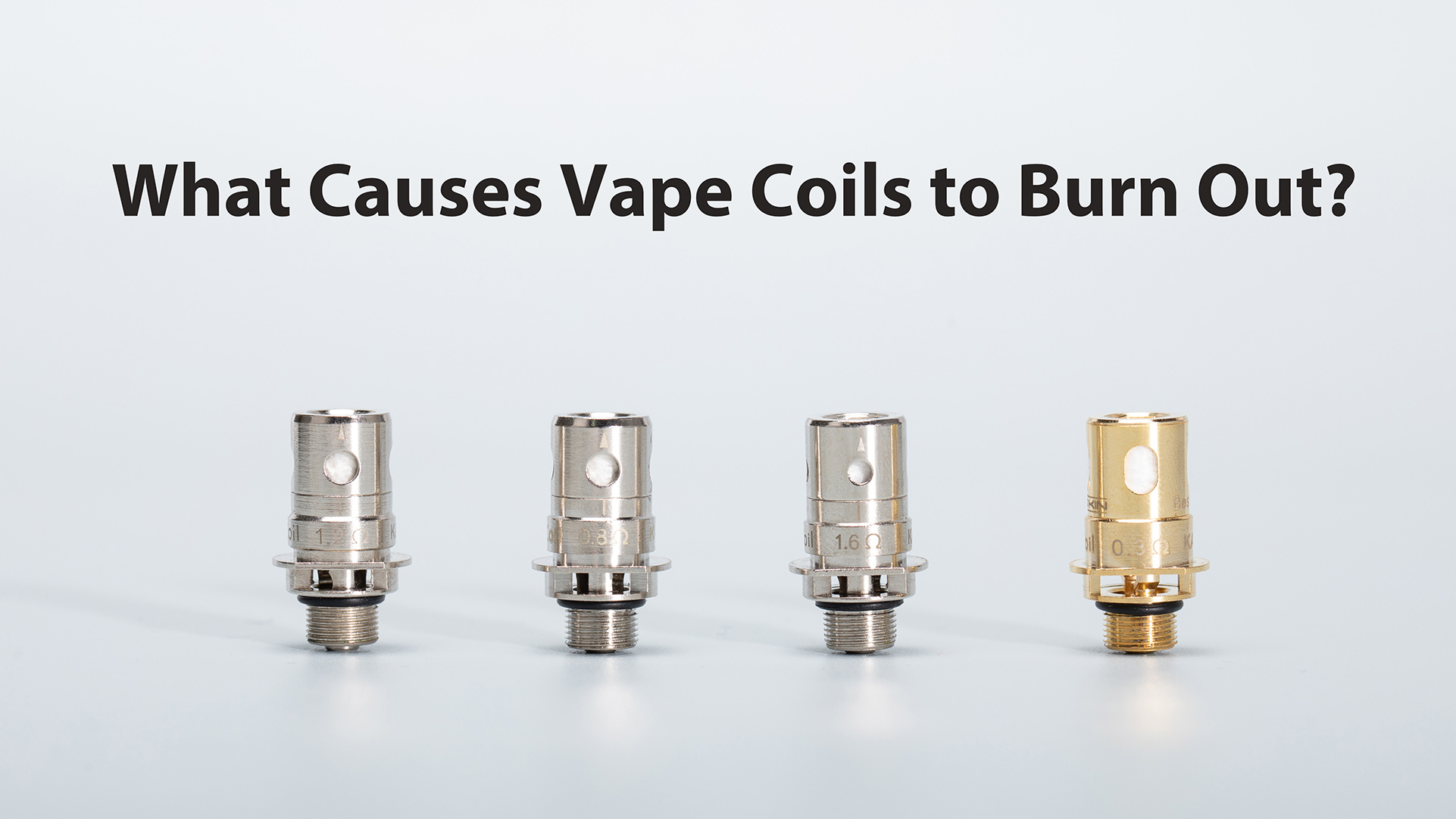Electronic cigarette atomizers are the core heating elements responsible for vaporizing e-liquid. Their performance significantly impacts flavor intensity, vapor production, and overall user experience.
Core Components
- Coil: A resistive wire (typically Kanthal, Nichrome, Stainless Steel, or Nickel) which heats up when electrical current passes through it. Coil resistance (measured in Ohms) defines vaping style (low Ohm = high power/sub-ohm; high Ohm = low power/Mouth-to-Lung).
- Wick: Material (commonly organic cotton, silica, or ceramic) that draws e-liquid from the tank/reservoir to the coil for vaporization.
- Build Deck: The platform where the coil is installed and secured to positive and negative terminals.
- Chamber/Barrel: Surrounds the coil and wick, directing airflow and vapor towards the drip tip.
Primary Atomizer Types
- Rebuildable Dripping Atomizer (RDA): Requires manual dripping of e-liquid directly onto the coil/wick. Favored for maximum flavor/clarity and dense vapor due to direct coil proximity to the mouthpiece. Excellent for coil experimentation. Needs frequent re-dripping.
- Rebuildable Tank Atomizer (RTA): Features an integrated e-liquid reservoir. Wicks draw liquid continuously to the coil. Offers convenience of a tank while allowing custom rebuilds. Performance heavily reliant on optimal wicking to prevent dry hits or leaking.
- Rebuildable Dripping Tank Atomizer (RDTA): Hybrid design combining an RDA-style build deck atop a tank reservoir. Wick tails extend down into the tank. Attempts to merge RDA flavor with RTA capacity.
- Sub-Ohm Tank (Stock Coil Tank): Utilizes pre-fabricated, factory-built coil heads screwed into the base. Offers simplicity and consistency; users replace the entire disposable coil head when performance degrades. Widely accessible but limits customization.
Key Performance Factors
- Airflow Design: Air intake location (bottom, side, top), size, and adjustability dictate draw tightness (MTL vs. DL), cooling, vapor density, and flavor intensity.
- Coil Material & Configuration: Material choice (Kanthal, SS316L, Ni200, Ti) affects power mode vs. temperature control (TC) compatibility and heating characteristics. Coil structure (simple round, Clapton, Alien, Mesh) impacts surface area, wicking efficiency, and heat flux.
- Chamber Size/Shape: Smaller chambers generally intensify flavor by concentrating vapor. Internal geometry influences turbulence and heat distribution.
- Wicking Efficiency: Material and placement are critical. Fast-saturating wicks prevent dry hits; snug fitting and adequate tails prevent flooding.
Operation & Safety
Understanding Ohm’s Law is crucial when building coils. Always ensure the atomizer’s resistance is compatible and safe for use with your specific battery/mod. Use TC mode only with compatible coil materials (SS, Ni, Ti). Regularly clean contacts to prevent voltage drop.









